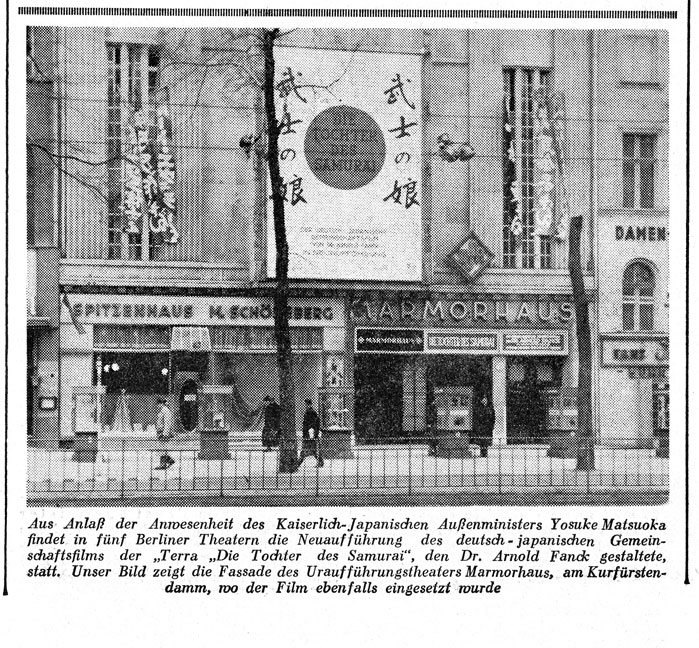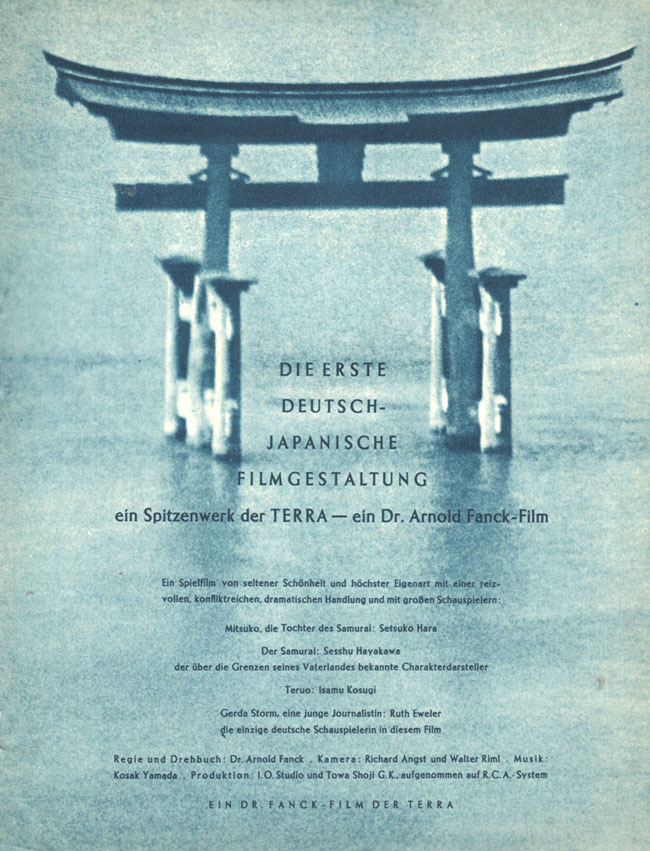- Home
- POSTER GALLERY
- ❗️BOOK & POSTER STORE❗️
- PURCHASE "HJ Quex" film ephemera HQ
- About the Posters
- The William Gillespie Collection
- Our Publishing House
- ❗️GFDN interviews author and collector William Gillespie ❗️
- Our most expensive & inexpensive finds!
- ❗️***NEW!**❗️POSTER OF THE MONTH - Blutzeugen / Raza
- ❗️NEW ❗️Film Posters – Demands on an important means of film advertising. ❗️
- In our Book + Zeitschrift Library
- ❗️ ***NEW!*** Hitler Youth Quex – A Guide for the English–speaking Reader ***NEW!*** ❗️
- ❗️***NEW!*** Table of Contents of our new HJ QUEX book❗️
- ❗️Hitler Youth Quex Guide - early praise! ❗️
- Recent loans from the Collection
- Farewell Horst Claus. (1940–2024 †)
- "Der Deutsche Film" Zeitschrift
- ❗️ ***NEW!***Reichsfilmkammer collection ❗️
- German "Tendency" Films (Tendenzfilme) in the Third Reich
- KARL RITTER
- Karl Ritter original film posers in this Collection
- "Besatzung Dora" ( † 1943)
- "The Making of The Crew of the Dora"
- Karl Ritter at the 1938 Reichsfilmkammer Congress
- INDEX -"Karl Ritter" book, 2nd edition
- Karl Ritter's Legion Condor (1939, unfinished)
- Excerpt from our "Dora" book
- ∆∆∆∆∆ High praise for our DORA book! ∆∆∆∆∆
- TABLE OF CONTENTS – "Legion Condor"
- § § § § § Early Praise for our LEGION CONDOR book! § § § § §
- ❗️"Das Leben geht weiter" and Karl Ritter ❗️
- Dateline: Ufa - April 11, 1945
- Zarah Leander Europe–wide !
- Japan Military Film and Karl Ritter
- Karl Ritter after 1945
- 1935 Film Congress
- Poster Exhibition in Berlin, March 1939
- Potsdam poster exhibition 12 April–25 August 2019
- Leni Riefenstahl's two "Olympia" Films (1938)
- "Ohm Krüger" (1941)
- Emil Jannings
- "Blutendes Deutschland" (1933)
- Hannes Stelzer ( † 1944)
- Klaus Detlef Sierck ( † 1944)
- Film stills
- Reich Film Censorship Offices
- ❗️***NEW!***The Fate of the German Film Industry in May 1945 ❗️
- Film censorship cards
- Film Archives
- Cinema advertising
- School filmstrips
- ❗️UPDATED❗️ Z F O / Ostland Film G-m-b-H
- Z F O / Herbert Jacobi estate
- ZFO / Ostland Film newspaper articles
- ❗️***NEW!*** Roter Nebel / Red Fog / Red Mist (1942/1943, ZFO) ❗️
- ZFO - Der Rückkehrer - The Returnee (1943/1944)
- The D F G production company
- D I F U
- ❗️ ***NEW!*** "Carl Peters" – Special Collection. ❗️
- "Alcazar" (1940, Genina)
- "Der 5. Juni" (1943, banned)
- Herbert Selpin and his "Titanic" (1943)
- Ein Robinson (1940, Fanck)
- "Fronttheater" (1942)
- Veit Harlan's Jud Süß and Fritz Hippler's Der Ewige Jude
- Harlan "Jud Süß" trial 1949
- Werner Krauss & JUD SÜß
- Anti-Semitic Film Posters in the Collection
- "Heimkehr" (1941)
- "Hitlerjunge Quex" (1933)
- ❗️***NEW!*** Hitlerjunge Quex in 111 Greater Berlin Cinemas ❗️
- Jürgen Ohlsen
- "S.A.Mann Brand" (1933)
- "In der roten Hölle" (Edgar Neville, 1939)
- "Helden in Spanien" (1938)
- The Spanish Civil War in Film
- Andrews Engelmann (1901 – 1992)
- Deutsche Wochenschau
- Uƒa Feldpost
- Uƒa Kulturfilm – Informationen
- " Die Tochter des Samurai" (1937, Fanck)
- Ufa 25th Anniversary
- Invitations to world premieres
- ❗️***NEW!*** Continental Films, Paris 1940–1944 ❗️
- Film Censorship in Occupied Paris 1942
- "Der Sieg des Glaubens" (1933)
- Wilhelm Althaus Estate
- Weimar Germany posters
- Ufa and the Ordensburgen
- The Gaufilmstelle in our Collection
- "Zwei Welten" (1940)
- "Capriccio" (1938) –Karl Ritter film album
- Unrealised NS Propaganda Films 1934–1945
- German Film Directors accused of "war crimes"
- Australian––themed NS feature films
- "Der Störenfried" / "The Troublemaker"
- What was new in 2014?
- What was new in 2015?
- What was new in 2016?
- What was new in 2017?
- What was new in 2018?
- What was new in 2019?
- What was new in 2020?
- What was new in 2021?
- What was new in 2022?
- What was new in 2023 ?
- What's new in 2024?
- ❗️***NEW!*** Hitler assassination attempt in Karl Ritter film cut❗️
- BESATZUNG DORA private photos
- Just discovered 1942 article on BESATZUNG DORA
- The Karl Ritter Tetralogy
- Google Analytics 2023
- Our first–ever acquisition!
- ❤️"Some of our favourite things....!"❤️
- ERRATUM for our " Hitler Youth Quex Guide"
- Trending
- Vale †
- Our Wants List / 2024 / Wunschliste
- Pop Quiz
- Unsere KARL RITTER Bücher in Deutschland liefbar!
- WHERE to buy our books right now?
- ✉️Contact
 “History is not about the facts. It is about the context and who is telling the story.” —Prof. Milton Fine.
“History is not about the facts. It is about the context and who is telling the story.” —Prof. Milton Fine.
"Who controls the past controls the future: who controls the present controls the past." –– George Orwell in his novel "1984."
"Whoever doubts the exclusive guilt of Germany for the Second World War destroys the foundation of post–war politics." –– Prof. Theodor Eschenberg, Rector, the University of Tübingen.
"If we have our own why in life, we shall get along with almost any how." – Friedrich Nietzsche
POSTER GALLERY --view
over 500 German film
original posters between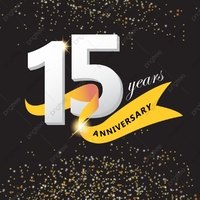
1927–1954 from
Germany and from
many Axis and Neutral countries
across Europe!
Note! Posters in the Poster Gallery are PERMANENT
acquisitions which are NOT FOR SALE!! ONLY the
posters listed in our POSTER STORE are for sale.
(They have a price and order button to use.)
Arnold Fanck's Die Tochter des Samurai
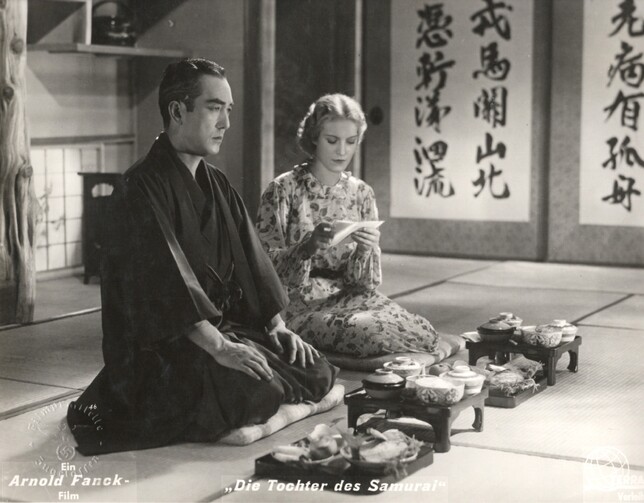
Die Tochter des Samurai – The Daughter of the Samurai
The 1937 film Die Tochter des Samurai (The Daughter of the Samurai) was written, produced and directed by famed silent and sound film pioneer and director, Dr. Arnold Fanck. It was the very first (and only) co–production between Nazi Germany and Imperial Japan. The film received good reviews and was well–acted by a fine cast. Top Japanese actors were cast– such as Sessue Hayakawa – who became prominent after WWII and to most English-speaking film–goers would be remembered as Colonel Saito in The Bridge on the River Kwai. The Japanese female lead was played by the young Setsuko Hara, best known perhaps to Westerners for her lead in Tokyo Story decades later. But Fanck, apparently not altogether happy with the reception of the film, self–published his own 118 page glossy book (shown below) in March, 1938. His title of the book was The Daughter of the Samurai – A Film in the Echo of the German Press.
Announcement in the film studio publication TERRA ILLUSTIERTE - Nr. 3 / of 17.3.1937 :
BELOW: The film's German title was originally announced not as The Daughter of the Samurai, but rather as Brave Little Mitsuko:
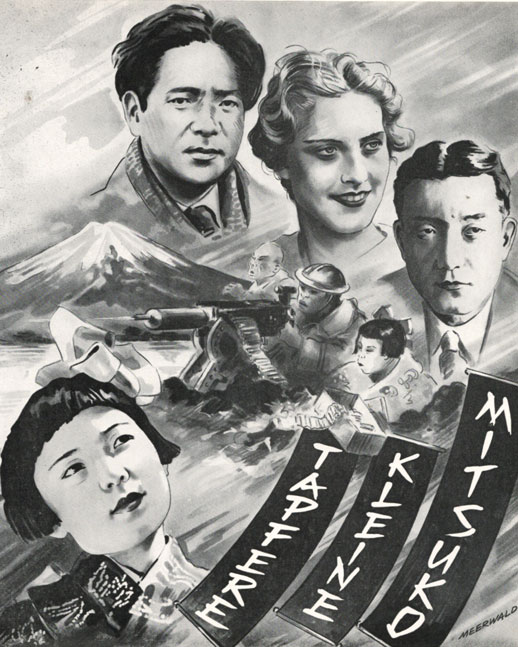
Dr. Fanck addressed the Japanese Motion Picture Foundation (Dai Nippon Eiga Kyokai) at the Imperial Hotel in Tokyo on October 31, 1936 on the topic "On the exportation of Japanese Motion Picture Films" and his comments included the following:
Is it really possible in Japan to make a picture which can be understood in Europe and America? Until a few months ago, I thought it may probably be impossible to make one, as I was then trying to make an export film myself, but now I have completed my first trial production of a picture, I would like to answer "Yes". Yes, it is possible to make a splendid export film in Japan, which can be understood in foreign countries.
Furthermore, it is possible to make Japanese export motion picture film reach the height of technics such as rightly claimed in foreign countries by technical method that can be used in Japan at present. The way is not easy, of course, but as long as I have an experience the way will become easy. Now, before I enter into a question of export film, I should like to restrict the extent of my remarks principally to the play film. I will not touch upon the so-called cultural film, namely the additional film of 200 to 300 metres long and takes only ten minutes to screen it. It is obvious that a good cultural film is important in any country, but it is nothing compared with the significance of the play film.....
Note: We assume that this speech was delivered in German and that Dr. Fanck used the term Spielfilm meaning feature film, but an incorrect translation would be 'play film' as the verb 'to play' in German is spielen. He obviously means feature films in contrast to short films/cultural films.
BELOW, Arnold Fanck and Setsuko Hara at the time of the film's German premiere.
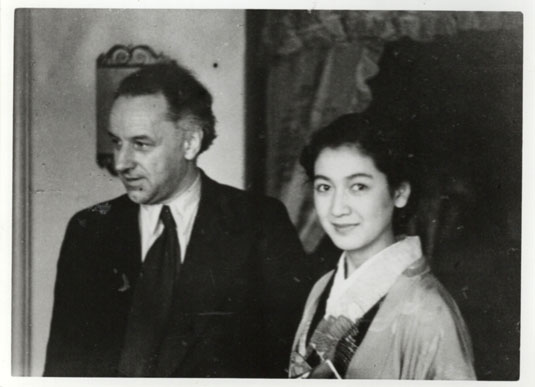
The film's plot, as summarised by Wikipedia:
Yamato Teruo (Isamu Kosugi) returns to Japan after spending six years at an agricultural college in Germany. Teruo is the adopted son of an old samurai family, and is expected to marry the eldest daughter, Mitsuko (Setsuko Hara). However, Teruo has become infected with the idea of Western individualism during his stay in Europe, and refuses to bow to the demands of society. Instead, he confounds his future father-in-law Yamato Iwao (Sessue Hayakawa) by announcing that he intends to marry a German journalist, Gerda Storm (Ruth Eweler), whom he met on the ship back to Japan. Gerda, however, is a blond, chaste, Aryan woman, and will not agree to a mixed-race relationship. She attempts to convince him of his duty to the Japanese race and traditions and to reconcile him with his family.
Meanwhile, Mitsuko, feeling dishonored by Teruo's rejection, attempts to commit suicide by throwing herself into a volcano. She is rescued at the last second by Teruo, and the couple is romantically reunited. Sometime later, the young couple and their baby are now living in Manchukuo, the "New Earth", working on a farm under the benevolent gaze of a vigilant soldier guarding against the ever-present threat of Bolshevism.
Our Collection contains:
-
The original German film poster
-
The German Werberatschlag (Cinema owner’s promotion guide -- missing some pages of dot matrix advertising and one text page.) -shown below
-
The Gauflmstelle handbill advertising the film
-
A second advertising brochure from Terra Filmkunst -shown below
-
A small number of lobby cards and press photographs
-
Arnold Fanck’s self-published 1938 book Die Tochter des Samurai – Ein Film in Echo der Deutschen Presse, Berlin
-
Cinema Year Book of Japan 1936–1937, Tokyo, with Fanck’s speech to the Japan Motion Picture Foundation on October 31,1936 at the Imperial Hotel, Tokyo, published in English; with additional contents relating to the film.
-
The Illustrierter Film–Kurier cinema programme
-
The Das Programm von Heute cinema programme
Below, pages from the ultra-rare cinema owner's promotion guide (Werberatschlag). Our copy is incomplete and missing most of the perforated tear-out pages of dot matrix graphic designs meant for use by the cinema owners to place adverts in their local newspapers. We scanned here all existing pages:

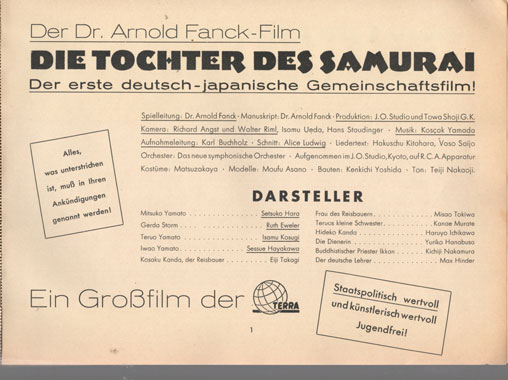
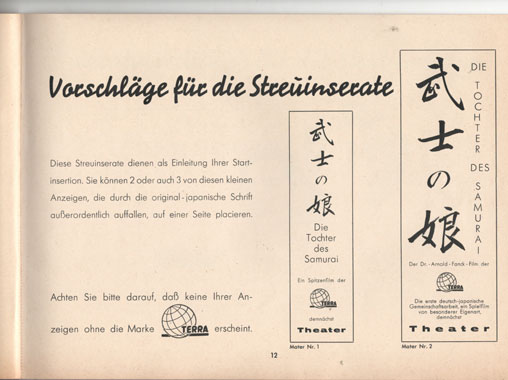
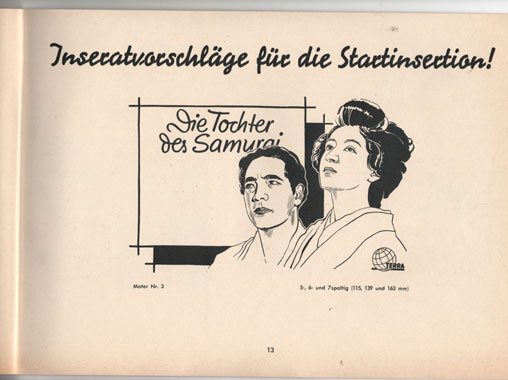
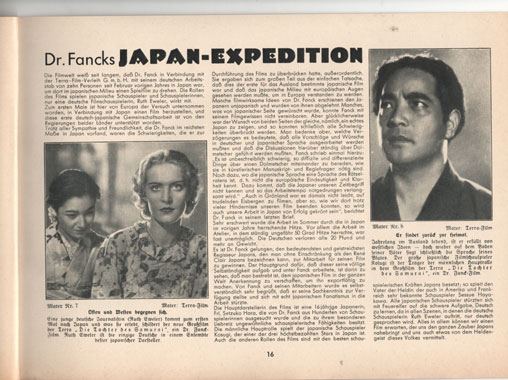

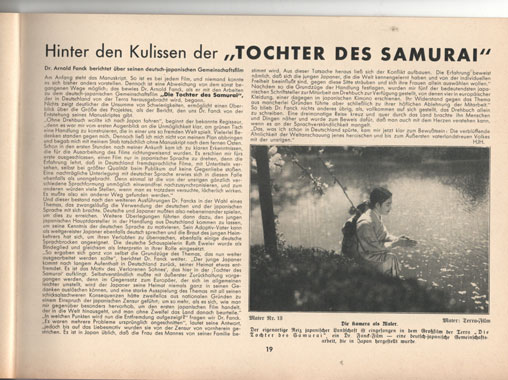
In our Poster Gallery we show one of the two original posters for this film, which could be the only existing original poster sheet in any collection worldwide. The poster shown at left below is the one we own:

Our poster can be found here.
Below our 59 centimeter (23 1/3 inch) long advertising "dodger" with the printed censorship seal of the Reischsfilmprüfstelle/RFK for distribution in the Reich:


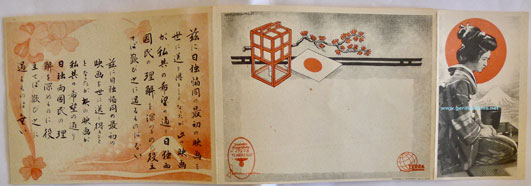
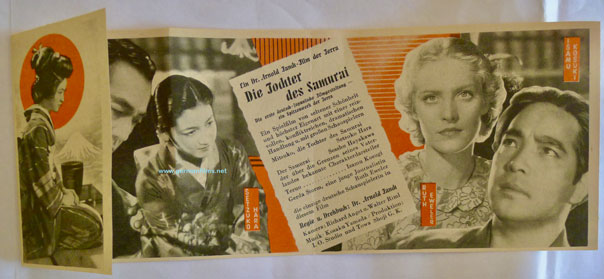
The photo below, which appeared in the Film-Kurier Tageszeiutng, front page, of 27. März 1941, shows the Marmorhaus Cinema in Berln decked out for the film's world premiere with the Japanese flag and Kanji lettering and advertising for the film , which was attended by the Imperial Japanese Foreign Minister Yosuke Maisuoka.
